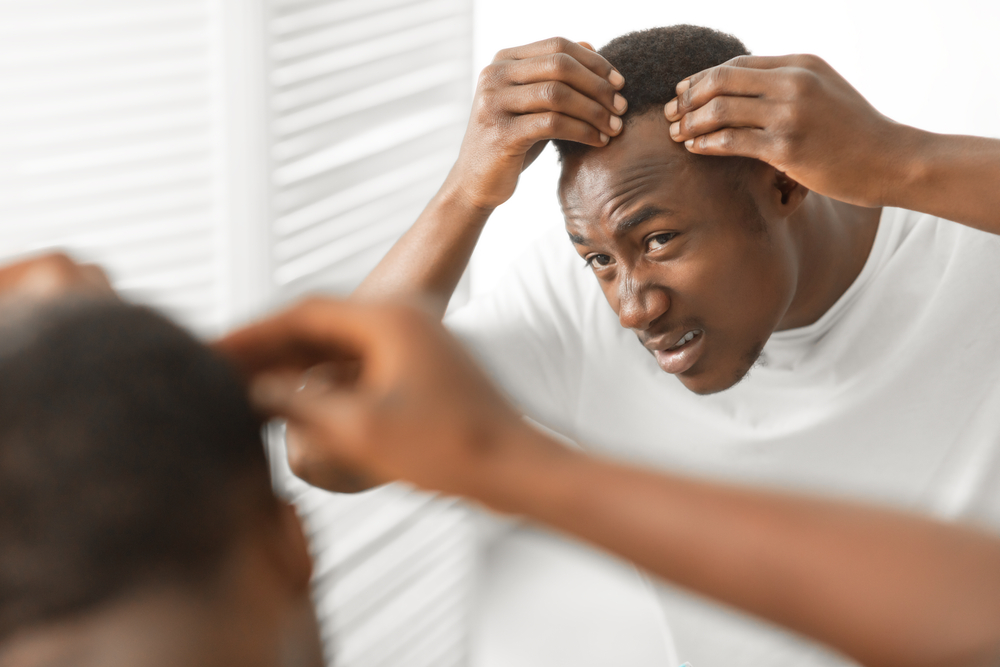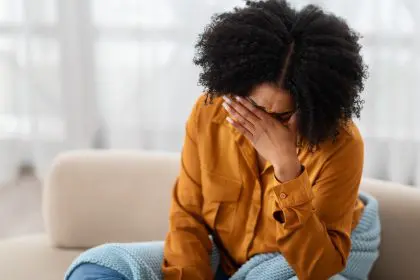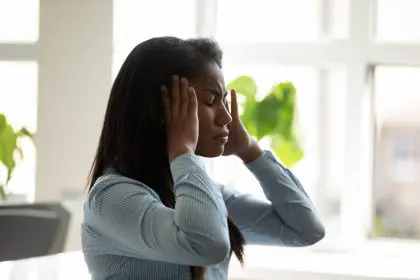The transformation of hair from its natural color to gray has long been considered an inevitable part of aging. However, scientific research has revealed that stress plays a more significant role in this process than previously understood. This connection between emotional well-being and hair pigmentation offers insights into how we might preserve our natural hair color longer.
The biology of graying
Hair color originates from melanocytes, specialized cells in hair follicles that produce melanin, the pigment responsible for the diverse shades of human hair. These melanocytes draw from a finite reserve of stem cells that renew and sustain pigmentation throughout a person’s life. As we age, these reserves gradually deplete, leading to the loss of pigmentation and the appearance of gray or white hair.
Stress complicates this natural process by disrupting the biological environment of these melanocyte stem cells. Research has shown that stress can accelerate the depletion of these cells, hastening the transition to gray hair far earlier than expected.
How stress affects hair color
When the body experiences stress, it triggers the fight-or-flight response, releasing hormones like cortisol and norepinephrine into the bloodstream. While these hormones are essential for short-term survival, chronic stress leads to prolonged exposure, which can damage various bodily systems, including hair pigmentation.
Three key mechanisms link stress to premature graying:
- Oxidative stress increases the production of free radicals, unstable molecules that damage melanocytes
- Sympathetic nervous system activation forces melanocyte stem cells to differentiate prematurely
- Increased inflammation throughout the body, including the scalp, can damage melanocytes
Emotional factors
Certain life events and situations that provoke extreme emotional stress have a profound effect on hair health. People experiencing bereavement or trauma often notice rapid graying. Those in high-pressure careers, such as healthcare workers or corporate executives, report premature graying more frequently. Additionally, chronic anxiety or depression can exacerbate stress hormone production, further depleting melanocyte reserves.
Managing stress to protect hair color
While aging is inevitable, managing stress effectively can reduce its impact on hair pigmentation. Several strategies can help:
- Regular mindfulness and meditation practices can lower cortisol levels
- Physical activity reduces stress hormones and improves circulation to hair follicles
- A balanced diet rich in antioxidants supports melanocyte function
- Consistent sleep routines can significantly improve hair health
- Professional support through therapy or support groups helps manage emotional stress
Understanding natural versus stress-related graying
It’s important to distinguish between stress-related graying and natural age-related graying. Once melanocyte reserves are fully exhausted due to age, the process becomes irreversible. However, addressing stress early and maintaining consistent stress management practices may help preserve natural hair color longer.
The social impact
Gray hair carries significant social implications, with some individuals embracing it as a mark of maturity while others feel pressured to cover it up. Stress-induced graying, especially when it occurs prematurely, can affect self-esteem and confidence. Understanding the connection between stress and graying can help people approach the process with greater acceptance and take proactive steps to manage their stress levels.
A holistic approach
Stress-induced gray hair serves as a visible reminder of the connection between mind and body. By addressing stress holistically, individuals can potentially slow the progression of gray hair while improving their overall health. Taking proactive steps to manage stress leads to a more balanced, healthier life—and perhaps a delay in the appearance of those first gray strands.
The transition to gray hair may be natural, but understanding its relationship with stress empowers individuals to take control of both their emotional well-being and physical appearance. Whether choosing to embrace gray hair or work to preserve natural color, addressing underlying stress remains key to both physical and emotional health.
This story was created using AI technology.














